Photo: Birdland.
A weekly recap of residential properties sold in the past seven-plus days in the “Town of Homes”:
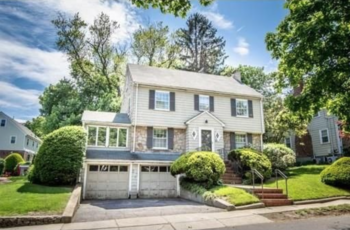
• 74 Richmond Rd., Colonial (1935). Sold: $807,400. Listed at $789,000. Living area: 1,935 sq.-ft. 7 rooms, 3 bedrooms, 2.5 baths. On the market: 59 days.
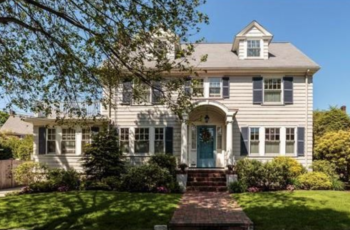
• 10 Indian Hill Rd., Colonal (1930). Sold: $1,270,000. Listed at $1,150,000. Living area: 2,293 sq.-ft. 9 rooms, 4 bedrooms, 2.5 baths. On the market: 69 days.

• 358 Brighton St., Garrison Colonal (1937). Sold: $913,000. Listed at $875,000. Living area: 1,946 sq.-ft. 7 rooms, 3 bedrooms, 2.5 baths. On the market: 75 days.
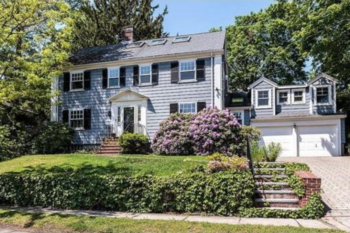
• 76 Lincoln St., Colonal (1939). Sold: $1,250,000. Listed at $1,225,000. Living area: 2,674 sq.-ft. 8 rooms, 4 bedrooms, 3 baths. On the market: 63 days.
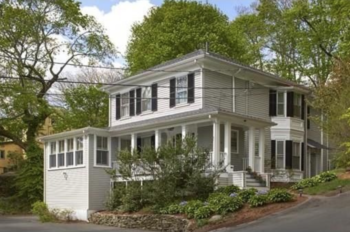
• 46 Centre Ave., the Chandler Robbins house, Old-Style Italianate (1870). Sold: $1,250,000. Listed at $1,225,000. Living area: 3,708 sq.-ft. 9 rooms, 4 bedrooms, 3.5 baths. On the market: 77 days.
At the point where Old Concord Road turns into Centre Avenue stands a piece of history. Situated in the hillside with a view of Boston a mere eight miles away standing the Italianate-style home where a 12-year-old boy would start his journey to become one of the greatest ornithologist of our era.

Chandler Robbins. Photo credit: Barbara Dowell
Chandler Seymour Robbins was born on the last year of the Great War and grew up in Belmont, in a time and place, according to an article in the November-December 2014 edition of Audubon magazine, “where everything to the east of him was ‘houses and Boston’ and everything to the west was woods and fields.”
He obtained his love for birding and the outdoors from his father, Samuel Dowse Robbins, a pioneering research speech pathologist who was related from a long line of clergy and Roger Wellington, the first settler of Belmont in 1636. Chandler’s father established the town’s first Boy Scout troop who spent a great deal of time in the wildlife refuge Samuel preserved that included most of Belmont north of Pleasant Street.
They shared the love of studying all the bird that winged through the town, including leading Belmont’s annual Christmas Bird Count.
“[Chandler] roamed those woods using 3X opera glasses to watch birds and other animals – his de facto biology training – and spent his summers chasing shorebirds on the beach at Gloucester,” according to the Audubon.
From that beginning, the younger Robbins soon traveled to the Patuxent Wildlife Research Center in Maryland that became his base of operation. A legend among birders for his knowledge, dedication and friendliness, he initiated the annual North American Breeding Bird Survey, studied the effects of DDT on birds with his colleague Rachel Carson, and wrote A Guide to Field Identification of the Birds of North America with Bertel Bruun and Herbert Zim, the gold standard of reference books. Robbins continues to study birds at Patuxent to this day.
The house – named for Chandler’s grandfather – is on the original Concord Turnpike, laid out in 1804. Make no mistake, it has undergone extensive renovation in the past 20 years – for a total of $100,000 ($80,000 by the last owner) – including recent work on walls, windows, floors, bringing the electrical up to code, putting in a gas line and repairing the garage.
While much of the interior detail doesn’t appear to be original, the owner wisely showed a great deal of restraint in not loading up on extras such as track lightning or walk-in closets. There is a tasteful understanding that “less is more” to highlight the uniqueness of a historic house: the bay window in the dining room, the non-standard layout of the kitchen, the living room’s French doors that lead you visually and phyically to the enclosed porch. And look at the master bedroom – not huge but comfy – with an adjacent sunroom (which appears to be an addition). Much more appealing than the 20’x20′ bedroom “suite” with those attached horrid mega bathrooms (do you really need a tub ten feet from the bed?) which today’s “architects” inflict on the public.
A bit pricy for a house – at a million and a quarter – that, knock on wood, won’t suffer an aging related set back. But you do get a view of Boston (through the trees) and hopefully lots of birds flying in from the nearby Habitat.
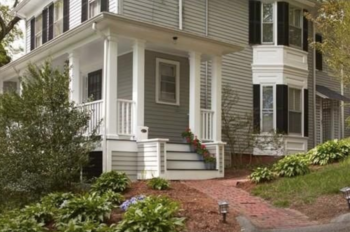
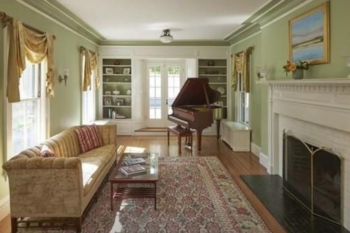
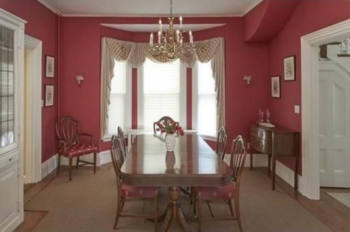
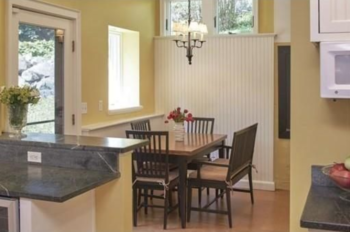

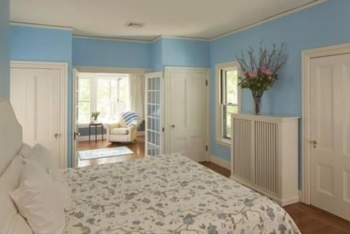
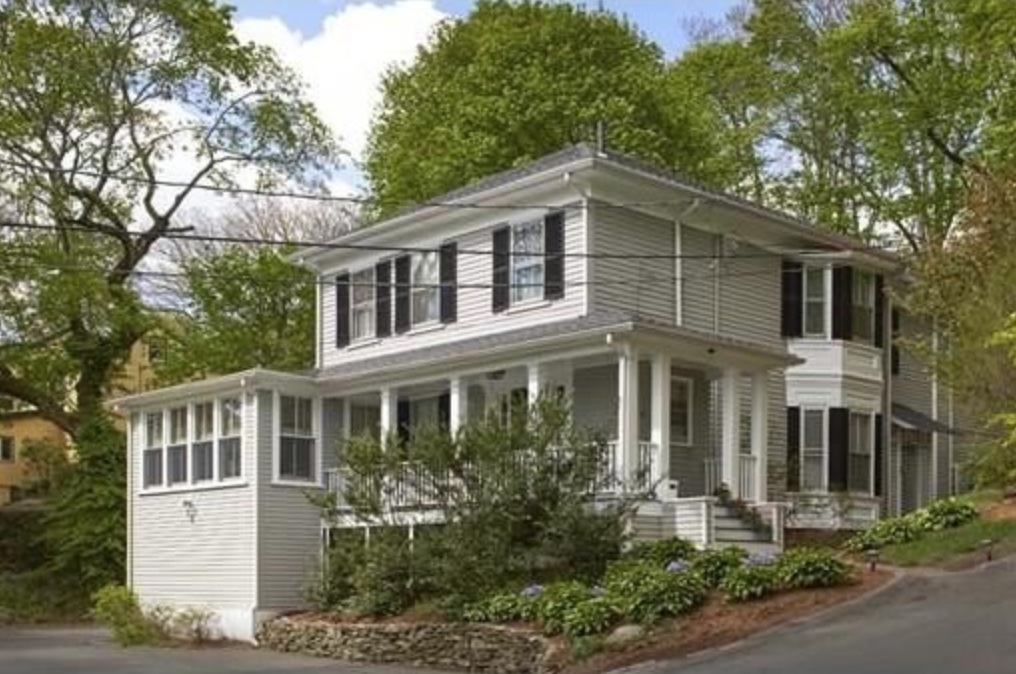







Leave a Review or Comment